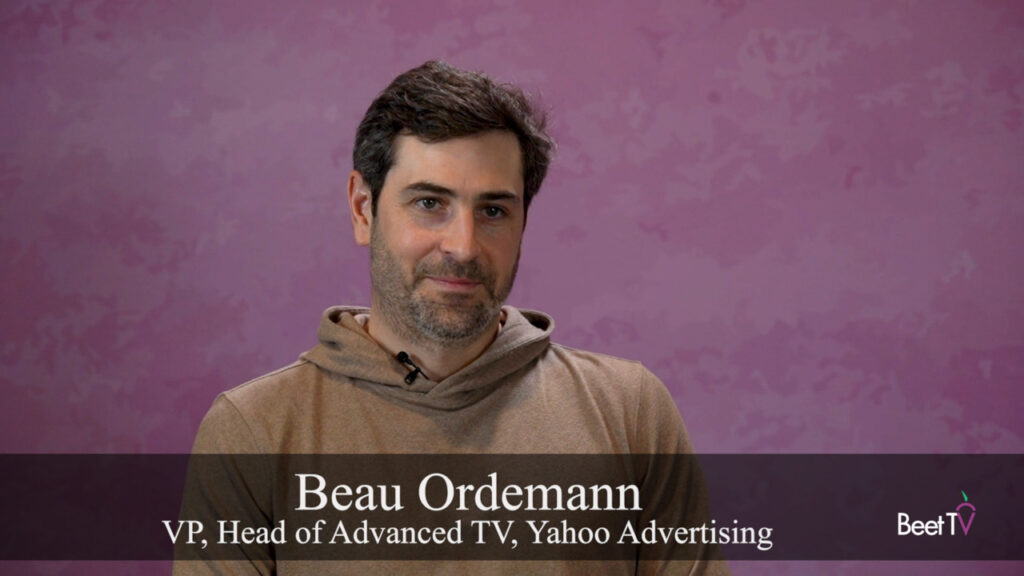The Beet visited the newsroom of The New York Times Digital and had good chat with Len Apcar’s, editor in chief of The Times online.
He says that the Gray Lady has embraced video as a way to add personality and dimension that can’t be capture in text or stills to stories. He notes, however, that video doesn’t have a place in every article – there are some stories that are best told in text and photos – but that he and his fellow editors now consider a video component when assigning stories.
He admits he wasn’t always a proponent of online video. Four years ago, when Len took over the Times’ online editions, he was cool to the medium but he’s a believer now. The site’s redesign, launched in April, has a “Video” tab at the top of the page to provide one-click access to all their video clips.
A FAQ page for the redesign addresses video separately, citing the ubiquitous presence of video on the home page, section fronts and article pages, as well as daily features like a political wrap-up from Washington, DC, critic pieces and even clips from weddings to supplement the Times’ wedding coverage.
More info about Len’s experiences with the NYTs redesign is available in an early April interview he did with USC Annenburg Online Journalism Review on the topic. Len comments that one of the differences between hard copy newspaper design and website design is that an ideal website has “magnetism,” or what Len calls “lead in design:”
You want to bring a reader close in and hold them there and give them a reason to go deep. Because you are asking a reader not to read headlines and captions and pictures — to get involved in text, you are asking them to read and click and keep clicking and dig deeper in the site, in layers.
Online video serves the same purpose. It is a way to delve a little deeper into an angle or an aspect that isn’t covered in the article and a chance for the viewer to have an intimate, personal encounter with that topic. Perhaps we should recast the old adage of a picture being worth a thousands words for online video era, although it remains to be seen just how much an online video is worth.



























